The Ultimate Guide to User Acquisition Strategy (Updated)
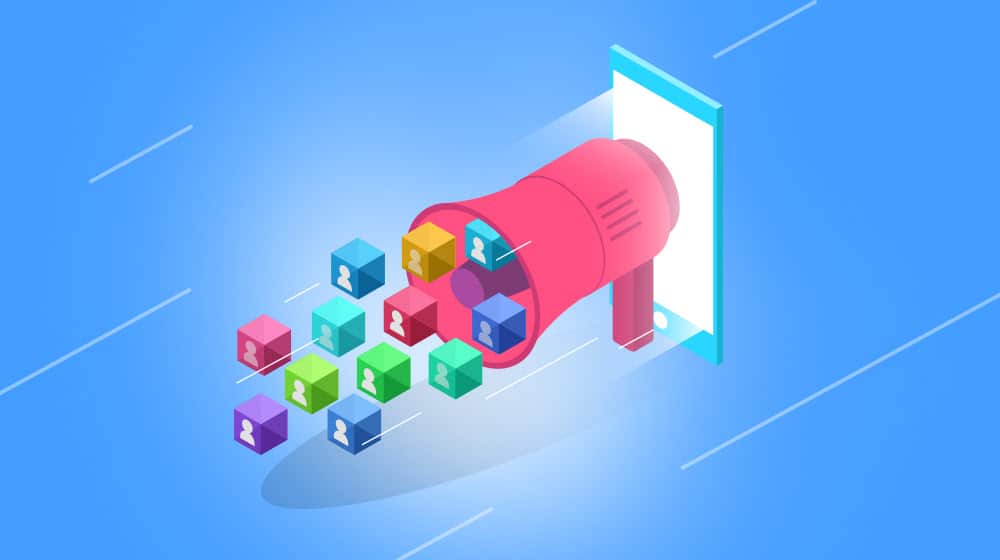
If you want a business to grow, you need more people to be aware of it and to become customers. There's no two ways about it; without bringing in more people, you fail.
The art, science, and technique of growing your audience is called user acquisition. The overall plan you use to do so – the overarching themes, the marketing campaigns, the audience targeting, and all the rest – is your user acquisition strategy.
What goes into a user acquisition strategy? How do you put that strategy together, and how do you implement it? I've compiled as thorough a guide as I can below. If you have any questions about things I haven't covered, let me know in the comments so I can add new sections!
What is User Acquisition?
Simply put, user acquisition is the umbrella term that encompasses everything involved in getting more people to be aware of your business and converting them into customers.
Everything that goes into acquiring new users is part of the overall user acquisition strategy your business employs.
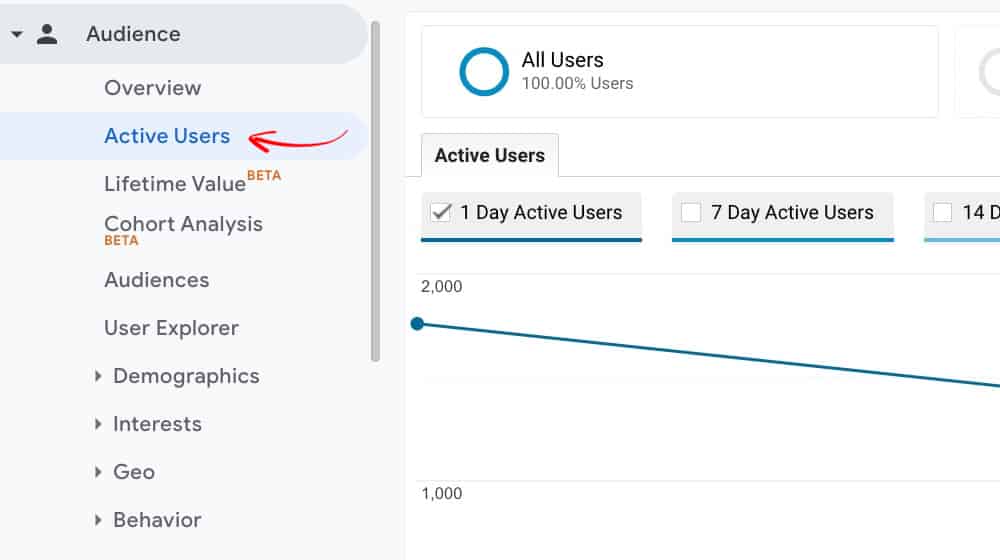
To show you a few examples, here are a couple of comparisons.
- User Acquisition versus Advertising Campaigns: Advertising campaigns are generally part of user acquisition but are not entirely a subset. Awareness campaigns and conversion campaigns are part of user acquisition, but remarketing campaigns targeting existing customers are not.
- User Acquisition versus CRO: Conversion Rate Optimization is generally part of user acquisition since it starts with the group of people who are already coming in and focuses on converting them into customers. It's one subset of what goes on in user acquisition.
- User Acquisition versus Customer Retention: Customer retention is generally not considered part of user acquisition because once a customer has made at least one purchase, they're already acquired. Anything after that – resubscriptions, repeat purchases, marketing towards repeat customers – is not part of acquisition.
User acquisition is a very broad section of overall marketing, but it's not all of your marketing. Good marketing plans and business plans have more beyond acquisition, including post-purchase support, customer service, retention, and repetition.
Measuring Results of User Acquisition
Before we dig too deep into the process, one thing you want to be aware of is how you can measure your results. Data generally needs to be harvested before you need it since if you didn't track it when it happened, it's gone.
If you ask someone what the most important number in customer acquisition is, what do you think they would say? Often, "number of customers" comes up. Yes, the raw number of people you're bringing in and converting is important, but context is also important, and without some contextual numbers, you won't be able to tell how effective your strategies are.
Some data to consider tracking include:
- Number of customers aware of your brand.
- Number of customers progressing through your funnel at different engagement points, such as newsletter subscribers, preorder commitments, or purchases.
- Conversion rate: the percentage of people from your overall awareness base who convert into customers.
One of the most important derived metrics, which you'll need to track and which changes all the time, is CAC: Customer Acquisition Cost.
This is the total cost of your customer acquisition efforts divided by the total number of new customers brought in by those efforts. You can use this for any audience.
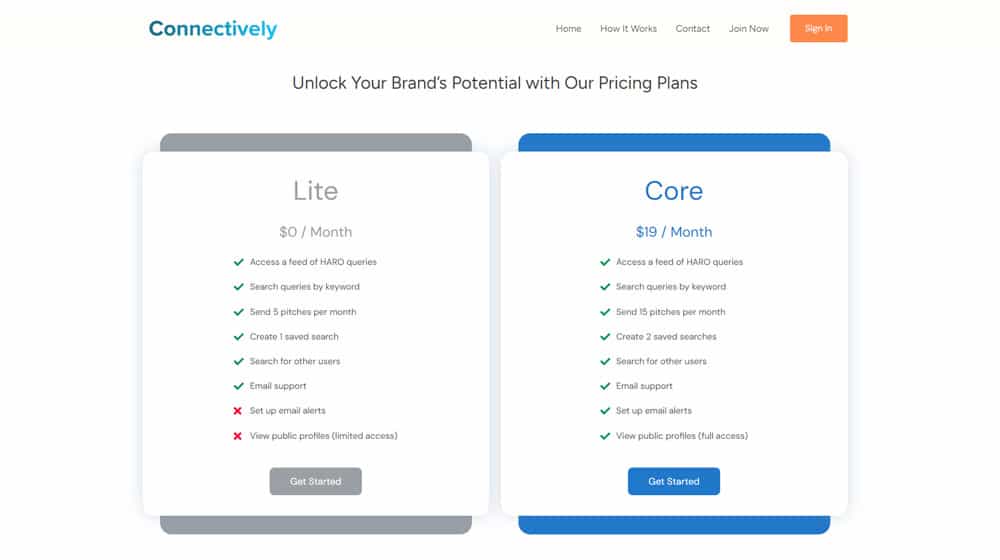
You can calculate the CAC for:
- The number of people who become aware of your brand, as tracked by unique site visits.
- The number of people completing an objective, like newsletter signups.
- The number of people converting into customers in general.
- The number of people converting into customers for specific products or specific price points.
If you spend $10,000 on your overall customer acquisition strategy and you get:
- 10 new people aware of you, that's $1,000 per new aware individual.
- 5 new newsletter signups, that's $2,000 per new signup.
- 3 new customers in general, that's $3,333 per new sale.
- 2 new customers of high-level services, that's $5,000 per top sale.
Obviously, you want a cheaper number for a better metric, and the overall customer acquisition strategy you use will be focused on optimizing every lever you can pull to get the best results.
CAC overall is a critical metric because it's what really matters. If you spend $10,000 to gain 100 new aware visitors but zero new customers, that's not necessarily really valuable (though, if it's sales leads, it can be). If you spend $20,000 to get 10 new high-tier customers, that might be a positive ROI, depending on the sale value they represent.
Tip: Don't forget other data harvesting down the line, either. While customer retention isn't part of customer acquisition, you can still track things like retention rate and lifetime value for use down the line.
So, while you're creating your customer acquisition strategy, keep this in mind. Look for discrete data points to monitor and record along the way so you can use that data in comparative metrics later.
Now, let's dig into the actual elements of a customer acquisition strategy.
Element #1: Identifying Target Audiences
The first thing you need to do as part of your overall customer acquisition strategy is identify who your potential customers are.
Depending on the state of your business, you might have some idea already, or you might not. If you haven't launched your business yet, you might have some idea of who you want to target. If your business already exists, you may have an audience that already exists that you can analyze and use to draw conclusions.
An audience profile is essentially a genericized demographic example of the kinds of people you're trying to reach with your products. A narrow brand might have one or two of these; a larger brand may have more for different segments of its audience.

An audience profile overall can be made up of various buyer personas. A buyer persona can be very simple or more complex, depending on the information you have access to. Information you might want includes:
- Demographics. Gender, age, educational status, occupation, income status, and more all go here.
- Psychographics. Personality traits, interests, beliefs, lifestyle attributes, and values can all go here.
- Channels. Where do your usual audience members spend their time? It does you no good to advertise in the wrong places.
- Buyer behavior. Do your audience members typically buy on impulse, or are they more likely to carefully consider their purchases and need more time and convincing?
If you're a B2B company, you can profile the kinds of companies you target:
- Industry: Are they service, are they food, are they manufacturers? Direct sales or bulk sales? Other B2B firms?
- Scale and scope. Are they local, state-wide, regional, national, or international? Do they make six figures in revenue per year or ten?
Finally, it's also worth mentioning that sometimes you can be wrong, and that's okay. Kleenex was invented as make-up removal tissues, and their use as nose blowers was unexpected – but they leaned into it and are now a household name. Play-Doh was created to clean wallpaper but found a use as a child's modeling toy. Unexpected uses can become so much more popular than the intended use that responsive brands can become entirely new companies based on it.
Element #2: Picking Marketing Channels
You might have noticed the "preferred channels" bit above; this is important information.
The first phase of customer acquisition is marketing, and the first phase of marketing is awareness campaigns. Awareness campaigns are generally cheap because you're focusing more on display ads than on conversion-focused ads. This is balanced out by volume; you need to get your message in front of as many people as possible for the broadest possible saturation.
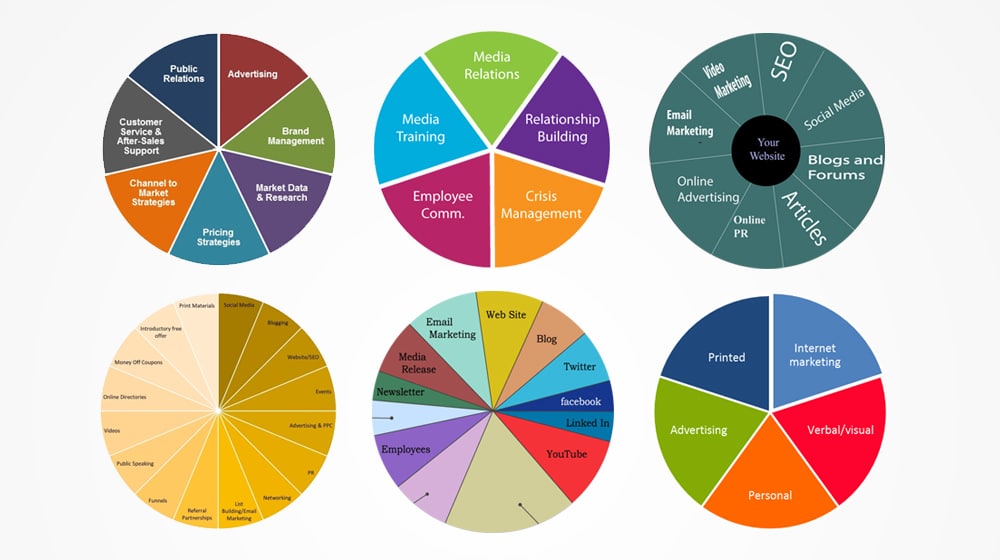
One of the foundational choices you need to make, then, is where you're going to run those ads.
- If you want to reach food and lifestyle bloggers, Lemon8 is going to be better than LinkedIn.
- If you want to reach politically left-leaning people, you'd probably be better off marketing on Bluesky than on Gab.
- If you want to reach Americans, you probably won't be advertising on Xiaohongshu.
Your website's blog, and SEO as a concept, are one of the main channels you'll use. Different social networks are critical, but which ones depend on your audience. Other channels can include:
- Email marketing.
- Influencer marketing.
- Paid advertising on social media.
- Paid advertising on Google.
- Paid advertising via display ads on websites.
- Guest content and other content marketing.
- Referral and affiliate marketing programs.
- Traditional channels like mass mailers, radio and TV ads, and even billboards.
Unless you have an infinite budget, you can't target everything, so you have to pick and choose. Knowing your audience means knowing where they spend their time, which in turn allows you to pick the channels where you'll be best able to show them your messaging.
Element #3: Developing Messaging and Value Propositions
You know who you want to reach. You know what you want to reach them with. You know how you want to reach them. Next up: what you say when you reach them.
This is where you have to develop a value proposition. It's the elevator pitch. If a user is to consider buying your product or subscribing to your service, what are they going to get out of it?
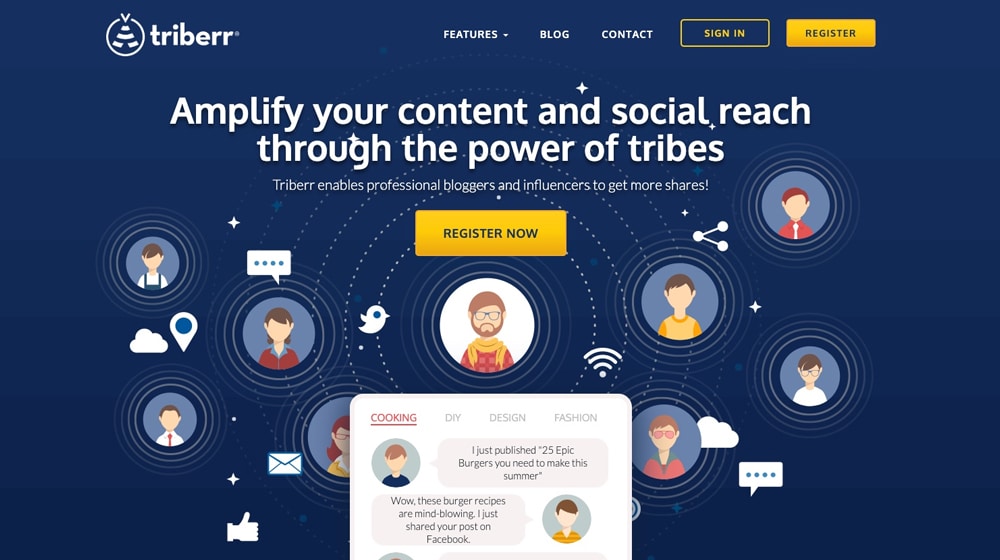
You want at least three levels of detail here.
The first level of detail is just what I said above: the elevator pitch. In a sentence or two, explain the benefit of your product. What problem are you solving?
The second level is more detailed; this is for your medium-form content, like a TV ad, where you have a little longer to explain yourself. You can explain the problem and how your product solves it, as well as potential comparative mentions of why your solution is better than other existing solutions.
The third level is for your longer-form content, like your content marketing, your email drip campaigns, and landing pages. These go full cost:benefit on the product, what the problems you solve are, how you solve them, what benefits customers get, and more.
You can make this all as granular as you want for different channels, but you need at least the short, medium, and long versions to make the most out of your messaging.
Element #4: Setting Goals and Objectives
With customer acquisition strategies, your goal isn't just to get more people aware of your brand. It's to get them to complete objectives.

So, set your goals.
- Do you want more in-person store visits and foot traffic?
- Do you want more event RSVPs?
- Do you want more leads for your sales team to call?
- Do you want more people to fill out an interest check form?
- Do you want more people to make a purchase?
Goals should be overarching for your customer acquisition strategy. But, they should also be individualized for different channels and even different audience segments. They should also be SMART goals. "Get more sales" isn't a reasonable goal; "Get 10% more sales by the end of the quarter" is better.
Element #5: Iteration and Repetition
As you start to put all of this into action, you reach the fun part: doing it over and over while trying to make it better forever.
No business can survive on a single marketing campaign. You adjust to changes in your audience, to changes in your product, to changes in competition, to changes in societal trends.
Run your campaigns. Harvest data about them and analyze that data. Identify avenues for change and test those changes. Iterate on your campaigns with information gained from that testing. Repeat. Repeat. Repeat.

Here are some areas you can look into for potential optimizations:
- Look for marketing expenses. Remember that CAC? Look for opportunities to cut costs without harming efficacy.
- Review your audience. People and audiences change, and you may need to adjust your marketing to suit trends or a new atmosphere.
- Look at former customers and other audiences you can develop. People who subscribed but canceled later can be wooed back by addressing their pain points.
- Automate repetitive tasks. A lot can be done automatically these days, and even more so with AI behind the scenes.
- Expand your channels. It's hard to effectively use a lot of channels at once, but as you get established, get better at it, and grow, you can afford to add more.
Remember, a customer acquisition strategy is a living thing. It grows, evolves, and changes alongside your business. Care for it, and it will care for you.



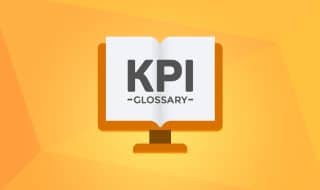

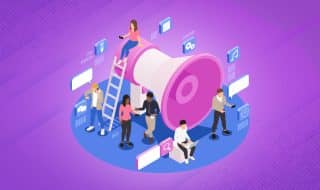

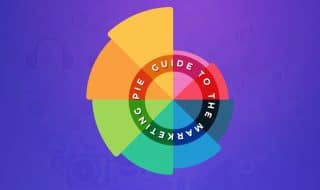


Comments